Biomaterials Translational 2020, 1 (1): 33-45. DOI: 10.3877/cma.j.issn.2096-112X.2020.01.004
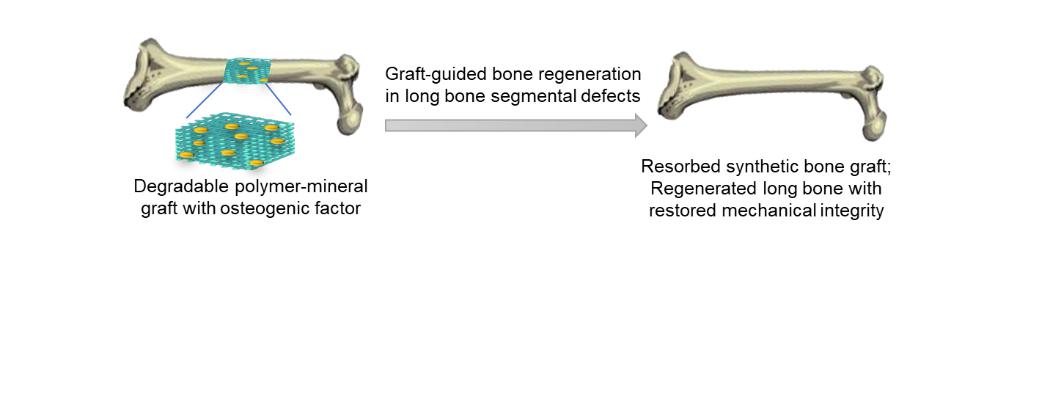 |
This review discusses major degradable polymers and their osteoconductive mineral composites as synthetic bone grafts for the regenerative reconstruction of critical-size long bone segmental defects. Emphases are given to the successes and limitations of synthetic bone grafts based on conventional and amphiphilic polyesters, polyanhydrides, polycarbonates and polyethylene glycol-based hydrogels. |
2. Three-dimensional biofabrication of an aragonite-enriched self-hardening bone graft substitute and assessment of its osteogenicity in vitro and in vivo
Yunsong Shi, Ruijun He, Xiangyu Deng, Zengwu Shao, Davide Deganello, Chunze Yan, Zhidao Xia
Biomaterials Translational 2020, 1 (1): 69-81. DOI: 10.3877/cma.j.issn.2096-112X.2020.01.007
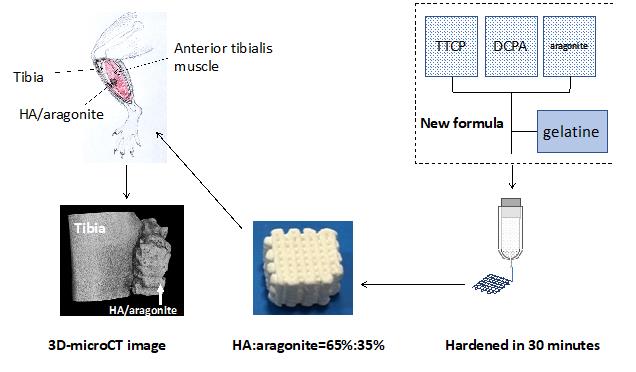 |
A self-setting hydroxyapatite containing aragonite was fabricated using three-dimensional-printing technique. The product is biodegradable, supporting osteogenic differentiation of mesenchymal stem cell in vitro and bone formation in vivo. |
3. Design and evaluation of a novel sub-scaffold dental implant system based on the osteoinduction of micro-nano bioactive glass
Fujian Zhao, Zhen Yang, Lu Liu, Dafu Chen, Longquan Shao, Xiaofeng Chen
Biomaterials Translational 2020, 1 (1): 82-88. DOI: 10.3877/cma.j.issn.2096-112X.2020.01.008
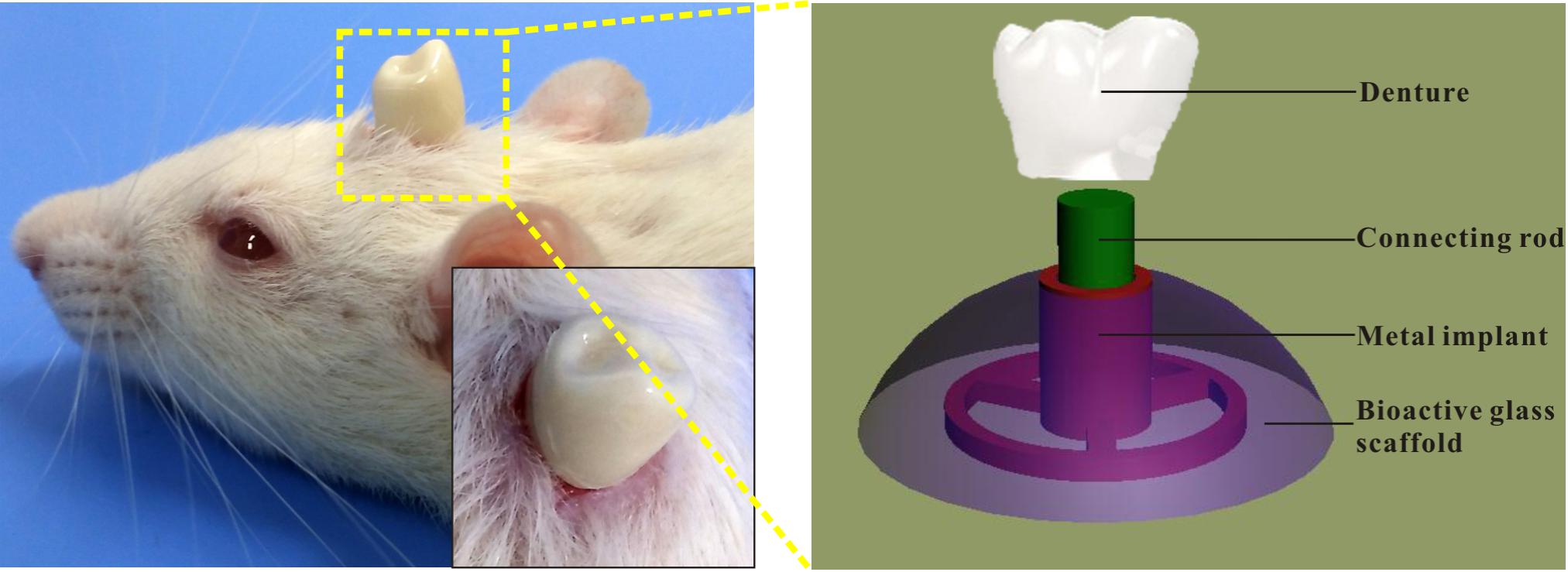 |
A novel dental implant, sub-scaffold dental implant system (SDIS), is fabricated by combining a metal implant and a micro-nano bioactive glass scaffold. This dental implant can be directly implanted under mucous membranes without adding any biomolecules or destroying the alveolar ridge. |
4. Hyaluronic acid-based hydrogels with tobacco mosaic virus containing cell adhesive peptide induce bone repair in normal and osteoporotic rats
Jishan Yuan, Panita Maturavongsadit, Zhihui Zhou, Bin Lv, Yuan Lin, Jia Yang, Jittima Amie Luckanagul
Biomaterials Translational 2020, 1 (1): 89-98. DOI: 10.3877/cma.j.issn.2096-112X.2020.01.009
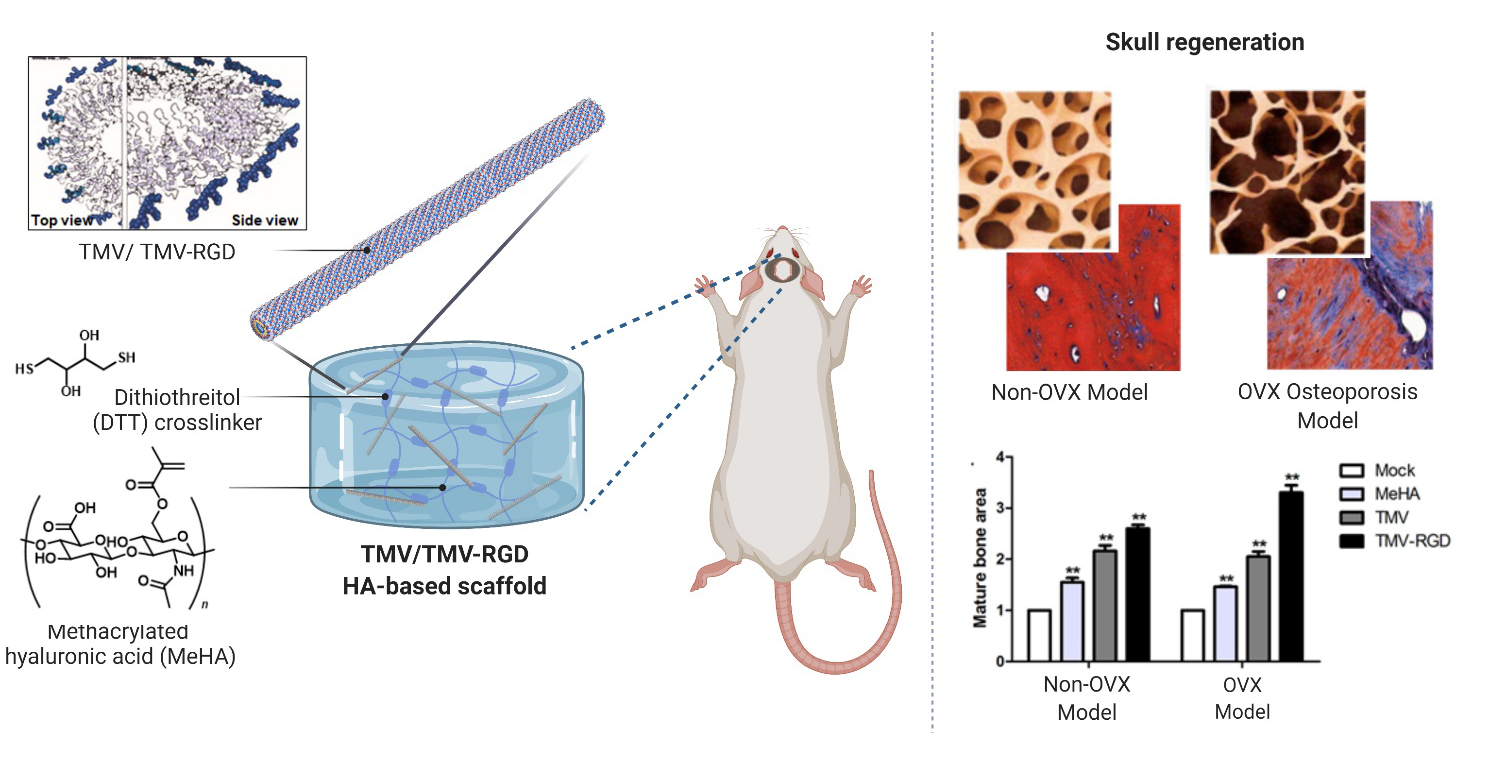 |
The well-known plant virus, tobacco mosaic virus (TMV), and its mutant expressing surface RGDs have taken their roles in regenerative medicine. By the incorporation of both viruses into three-dimensional hyaluronan-based hydrogel, the implant’s bone healing efficiency in normal and osteoporosis rats were increased. The effect was more pronounced with the arginyl-glycyl-aspartic acid (RGD) mutant. |
5. Recombinant adeno-associated virus-based gene therapy combined with tissue engineering for musculoskeletal regenerative medicine
Yiqing Wang, Xiangyu Chu, Bing Wang
Biomaterials Translational 2021, 2 (1): 19-29. DOI: 10.3877/cma.j.issn.2096-112X.2021.01.004
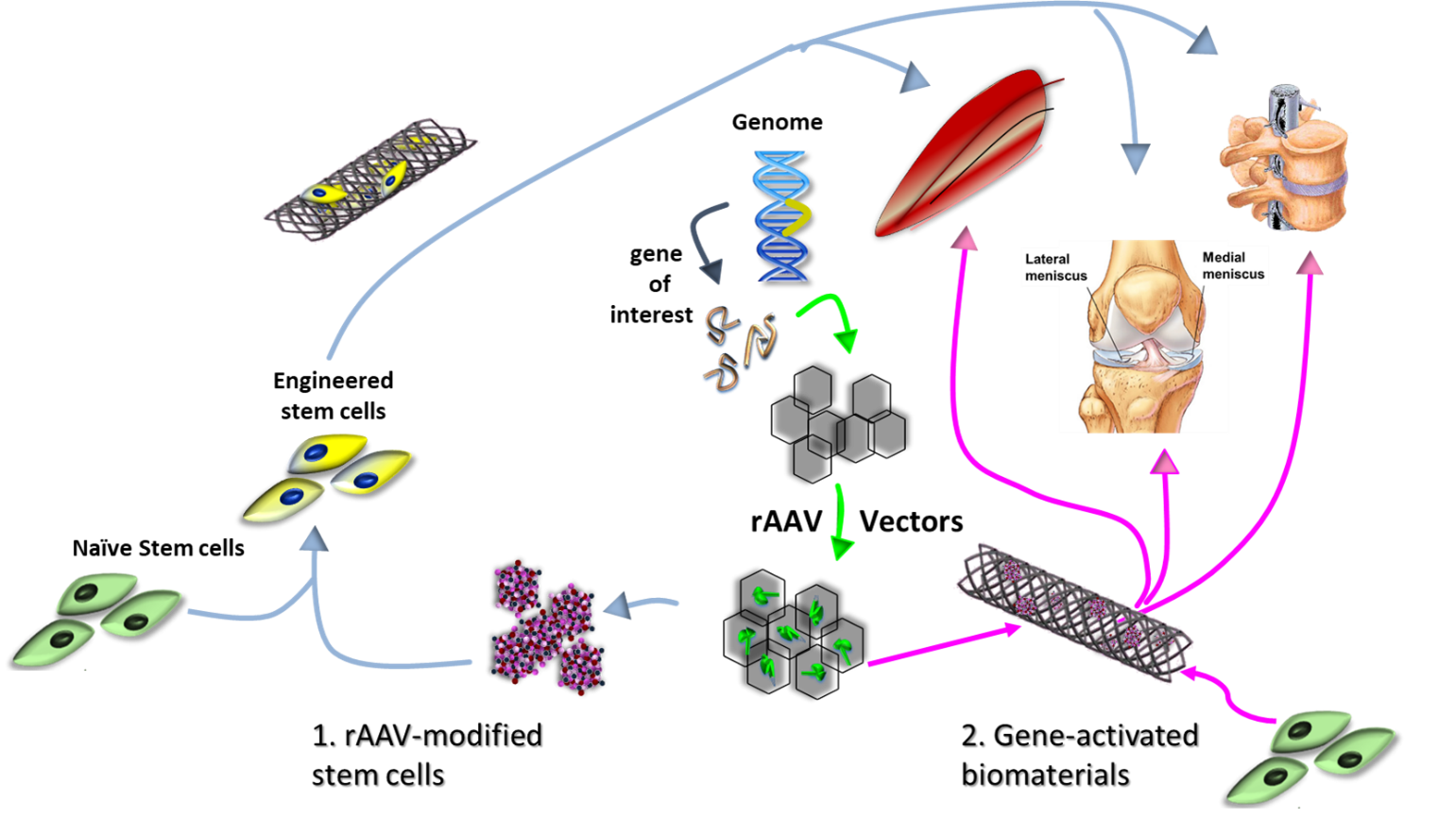 |
A schematic diagram illustrating recombinant adeno-associated viral (rAAV)-based gene therapy combined with a tissue-engineered biomaterial scaffold. rAAV-modified stem cells and gene-activated biomaterials can be applied to bone, vertebral disc, cartilage or muscle to treat multiple musculoskeletal disorders. |
6. The cornerstone of translational research - selection of appropriate animal models
Qian Wang
Biomaterials Translational 2021, 2 (2): 87-88. DOI: 10.12336/biomatertransl.2021.02.001
7. Proper animal experimental designs for preclinical research of biomaterials for intervertebral disc regeneration
Yizhong Peng, Xiangcheng Qing, Hongyang Shu, Shuo Tian, Wenbo Yang, Songfeng Chen, Hui Lin, Xiao Lv, Lei Zhao, Xi Chen, Feifei Pu, Donghua Huang, Xu Cao, Zengwu Shao
Biomaterials Translational 2021, 2 (2): 91-142. DOI: 10.12336/biomatertransl.2021.02.003
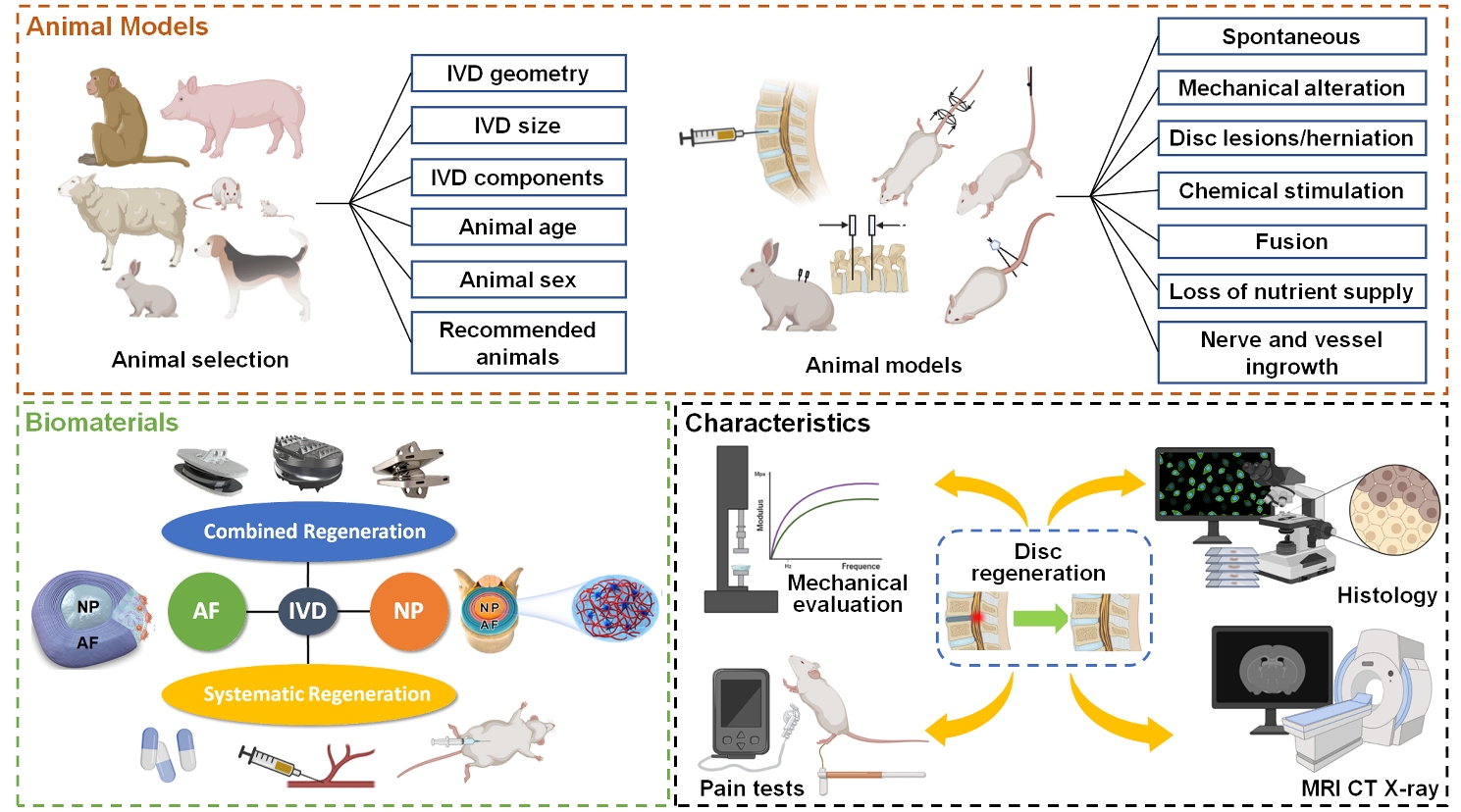 |
Proper animal models for intervertebral disc degeneration are highlighted in this review. Biomaterials designed for disc regeneration and the hints that should be considered are summarized. Well-established characteristics and assays to determine the outcome of disc regeneration are explored. |
8. Magnesium-based materials in orthopaedics: material properties and animal models
Xirui Jing, Qiuyue Ding, Qinxue Wu, Weijie Su, Keda Yu, Yanlin Su, Bing Ye, Qing Gao, Tingfang Sun, Xiaodong Guo
Biomaterials Translational 2021, 2 (3): 197-213. DOI: 10.12336/biomatertransl.2021.03.004
 |
This review summarises the characteristics, advantages and disadvantages of magnesium (Mg)-based bone implants, the safety and osteogenic effects of Mg-based materials used in animal models, and provides possible guidance for the selection of animal models to test such materials in future. |
Biomaterials Translational 2021, 2 (3): 272-284. DOI: 10.12336/biomatertransl.2021.03.009
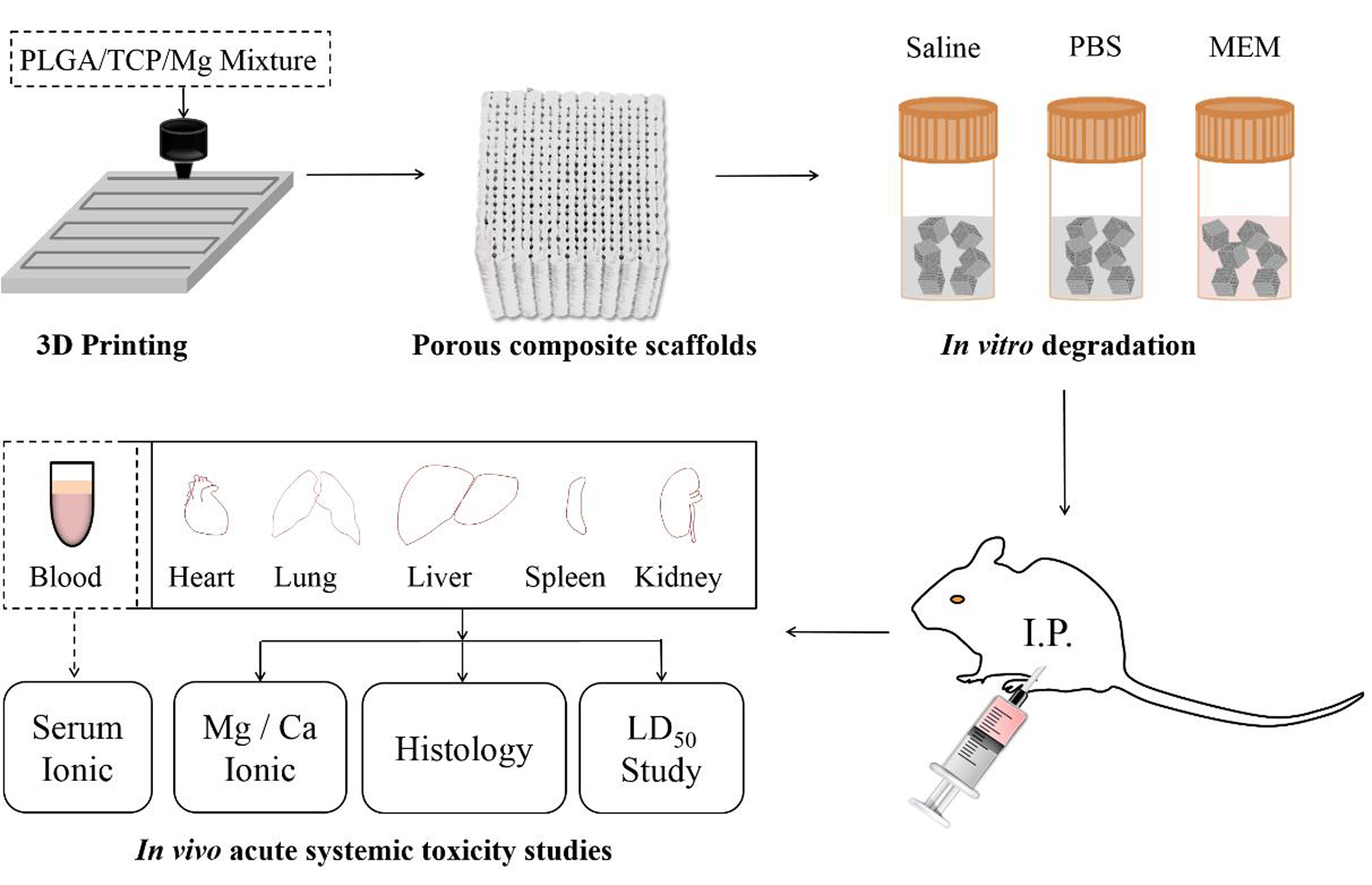 |
Schematic diagram showing in vivo acute systemic toxicity study of the three dimensional (3D) printed magnesium incorporated porous polymer scaffolds, including scaffold fabrication, in vitro degradation, and in vivo acute systemic toxicity assessment. |
Biomaterials Translational 2021, 2 (4): 361-375. DOI: 10.12336/biomatertransl.2021.04.009
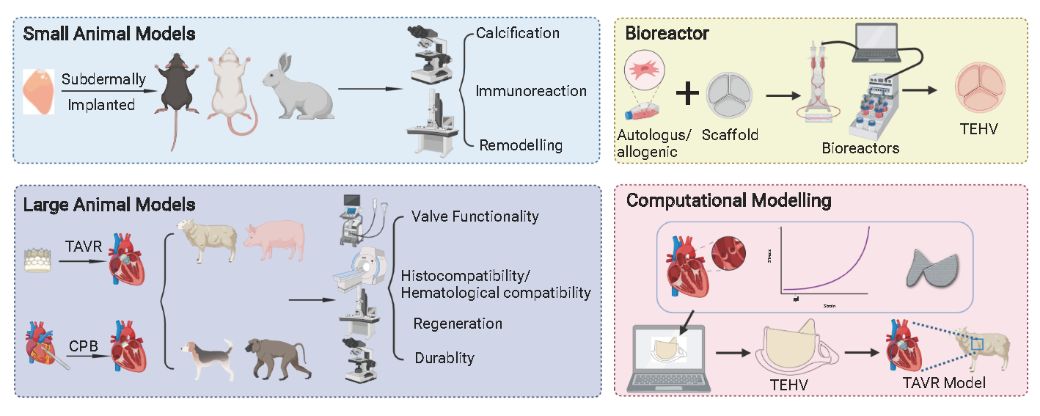 |
Experimental and computational models for testing tissue-engineered heart valves are summarised. Such animal and non-animal models, supply approaches for accessing tissue-engineered heart valves from design to assessment, and guide construction of future artificial valves. |
Biomaterials Translational 2022, 3 (1): 81-98. DOI: 10.12336/biomatertransl.2022.01.008
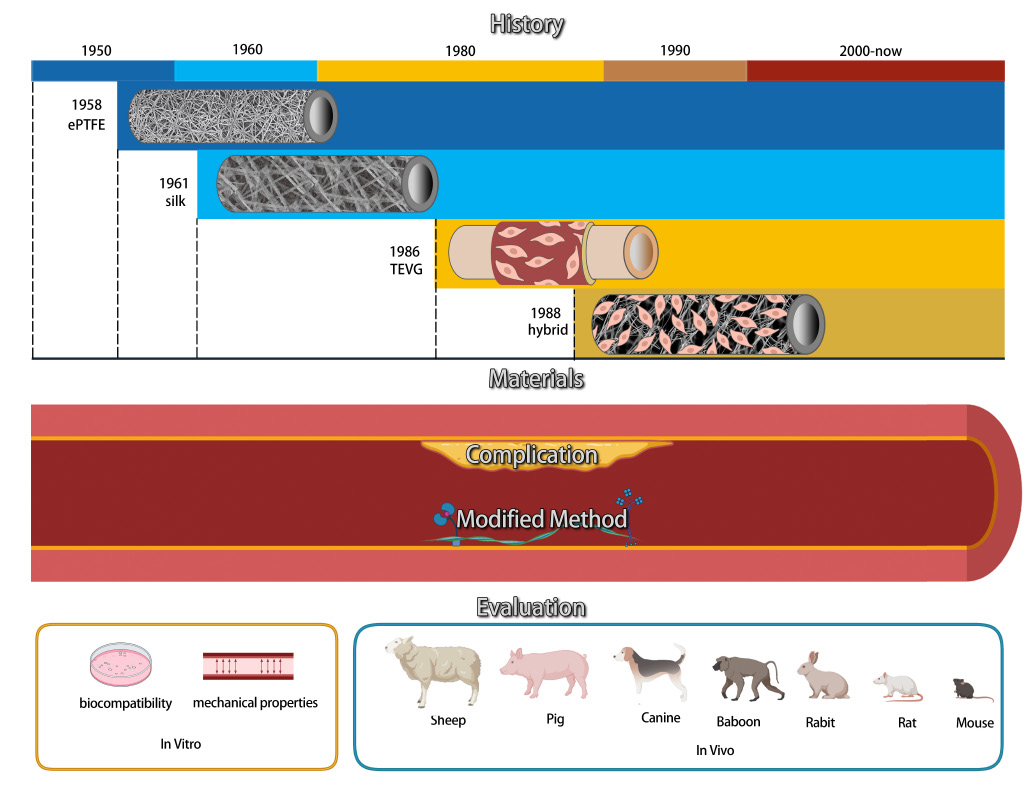 |
During the development of artificial blood vessels, various materials and manufacturing methods have been continuously explored, and modifications can be made to improve the causes of failure. Through in vitro and in vivo evaluation, we will eventually select the ideal artificial blood vessel. |
Biomaterials Translational 2022, 3 (2): 102-104. DOI: 10.12336/biomatertransl.2022.02.003
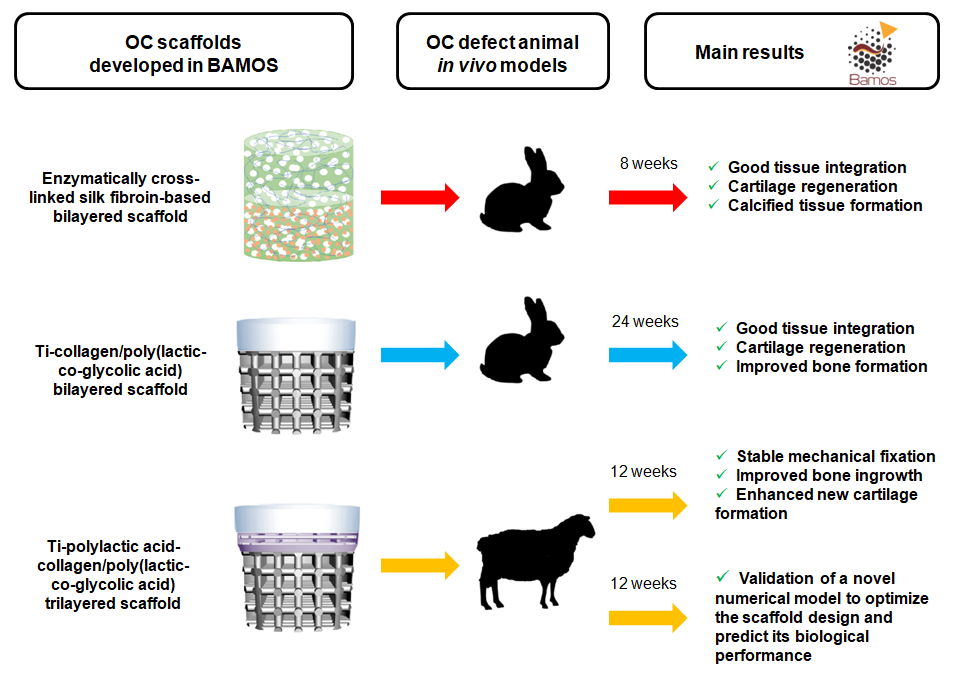 |
The main results of the in vivo evaluations carried out in Biomaterials and Additive Manufacturing: OsteochondralScaffold (BAMOS) project, funded under Horizon 2020 Research and Innovation Staff Exchanges (RISE) program, are summarized. Animal models of osteochondral defect have been used to assess the biological performance of the different multi-material and multi-layered scaffolds developed. |
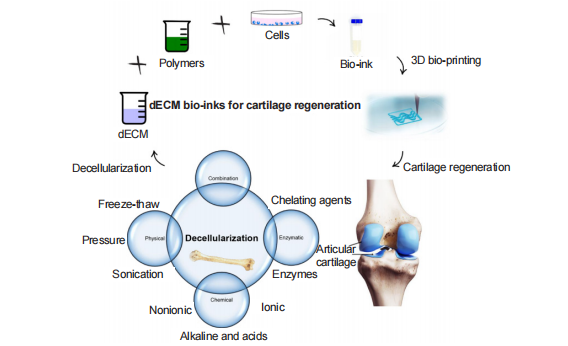 |
Decellularized extracellular matrix (dECM) can be used as a potential bio-ink for cartilage tissue engineering. This bioink can provide natural cues for cell adhesion and tissue regeneration. Here, the properties, sources, preparation process of dECM bio-inks, and previous studies on dECM bio-ink bio-printing for cartilage regeneration were reviewed. |
Biomaterials Translational 2022, 3 (3): 188-200. DOI: 10.12336/biomatertransl.2022.03.003
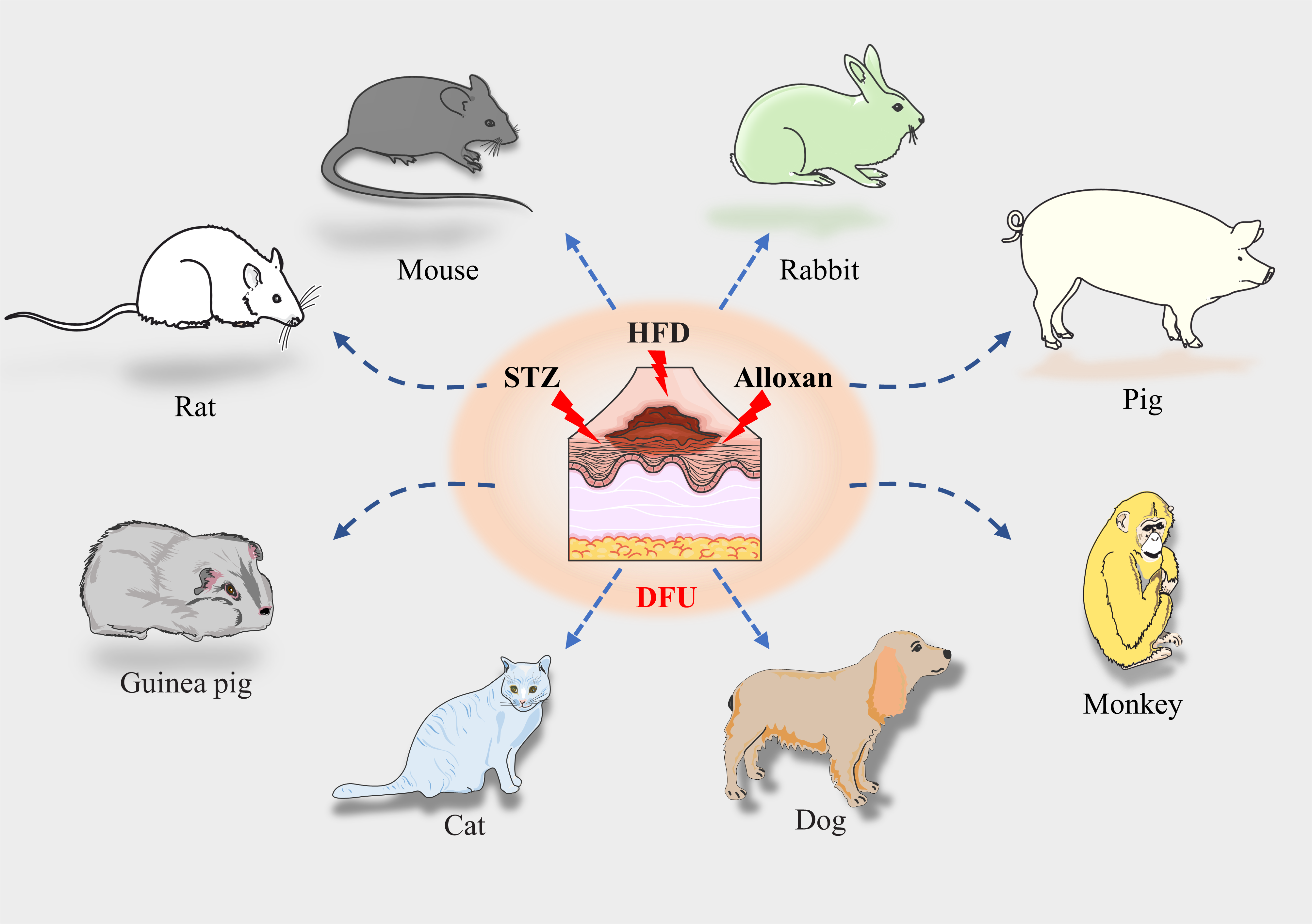 |
Diabetic wound models are induced in different animals including rat, mouse, rabbit, pig, monkey, dog, cat and guinea pig with streptozotocin (STZ), high-fat diet (HFD) and alloxan. These diabetic wound models were used can be simulated the physiological mechanism of diabetic wounds, which providing a theory for translational research in treating diabetic wound healing. |
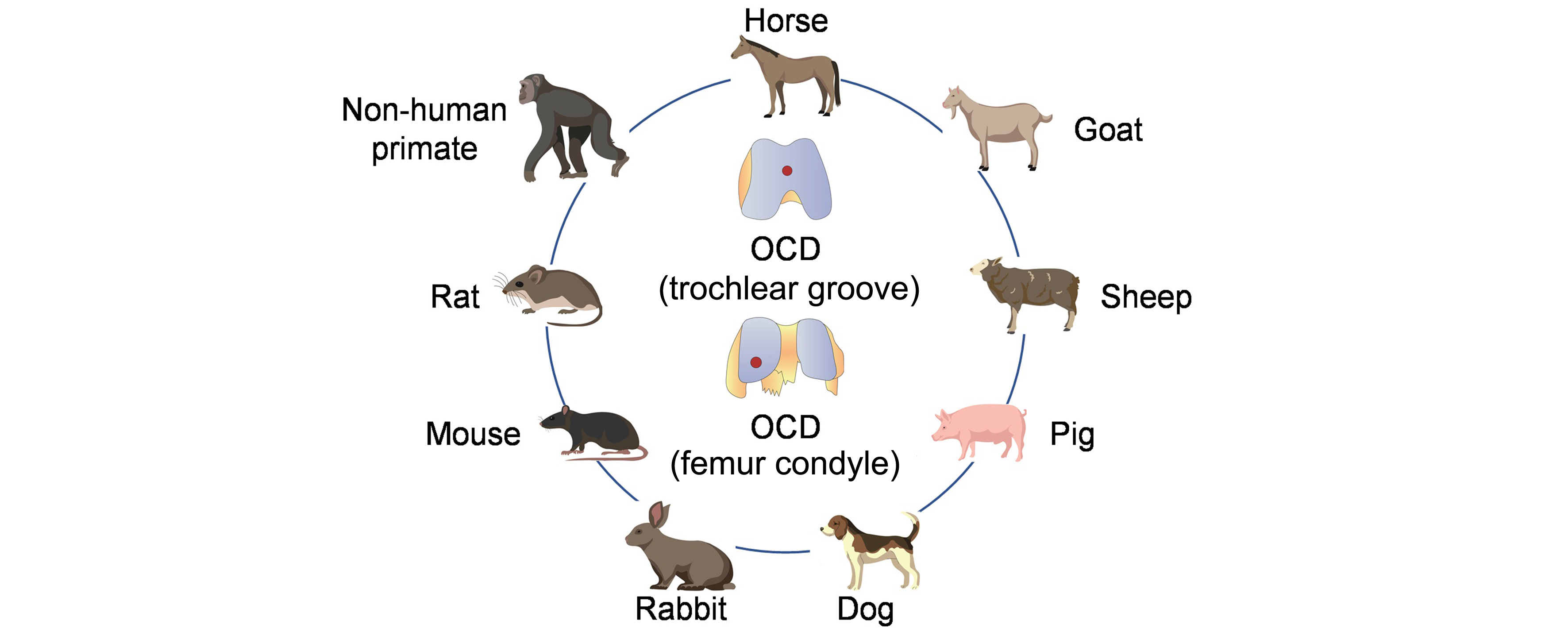 |
Understanding the characteristics of various osteochondral defect (OCD) models is critical for the study of biomaterial-assisted osteochondral repair. This review aims to elaborate the advantages, the limitations, the surgical procedures, and the novel biomaterial applications that promote OCD repair in different species. |